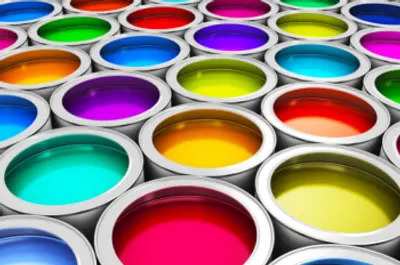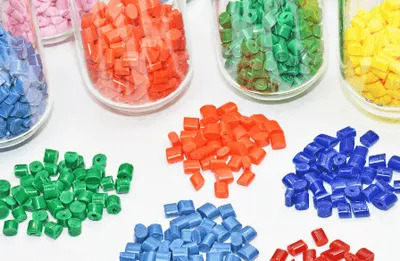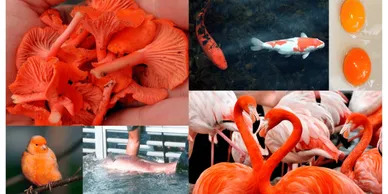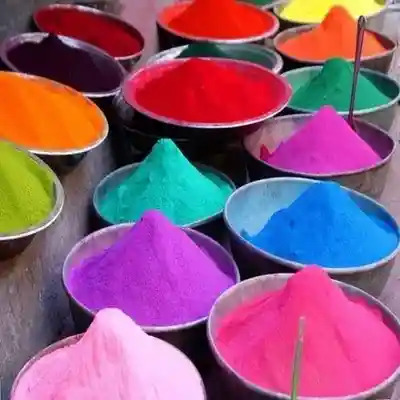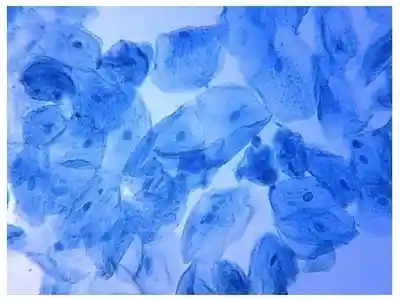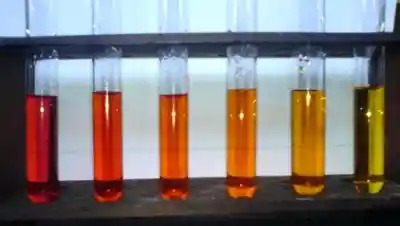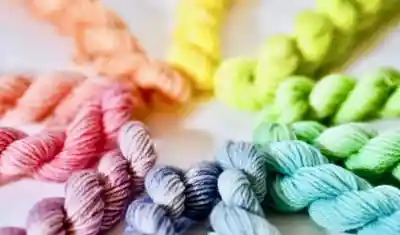Dyes are colored materials because they absorb only some certain wavelengths of visible light and have an affinity to the substrate they are used on. Dyes are commonly used in aqueous solutions and may require mordant to increase the fastness of the dyes to the fibers. Dyes are generally soluble in water, and some dyes can be made insoluble by adding salts to produce lake pigments. Dyes are classified according to their solubility and chemical properties.
DYES
- Acid Dyes: Acid dyes are water-soluble anionic dyes used in the dyeing of fibers such as silk, wool, nylon, and modified acrylic fibers, and use neutral to acidic dye baths. The attachment to the fibers is at least partially due to salt formation between the anionic groups in the dye and the cationic groups in the fibers.

Azoic Dyes: Azoic dyeing is a technique that produces insoluble azo dyes directly on or within fibers. This is accomplished by treating the fibers with diazoic and coupling components. By adjusting the bath conditions, the two components react to produce the desired insoluble azo dye.
Basic Dyes: Basic dyes are water-soluble cationic dyes, mainly used for the dyeing of acrylic fibers, also can be used to dye wool and silk. Acetic acid is usually added to the dye bath to help the dye uptake onto the fiber. Basic dyes are also used for paper coloring.
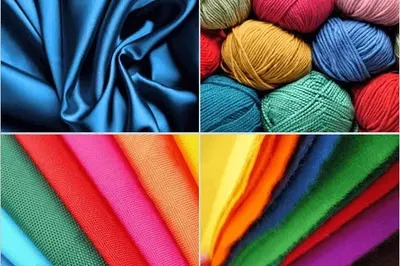
- Vat Dyes: Vat dyes are usually insoluble in water and do not dye the fibers directly. Reduction in alkaline liquor produces the water-soluble salt of the dye, which has an affinity for the textile fiber.

US Chemfine is committed to providing a wide range of dyes. There are also many other dyes such as cationic dyes, direct dyes, neutral dyes, solvent dyes, coupler and pigments at US Chemfine.
